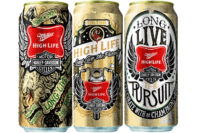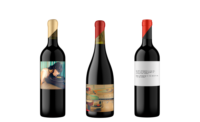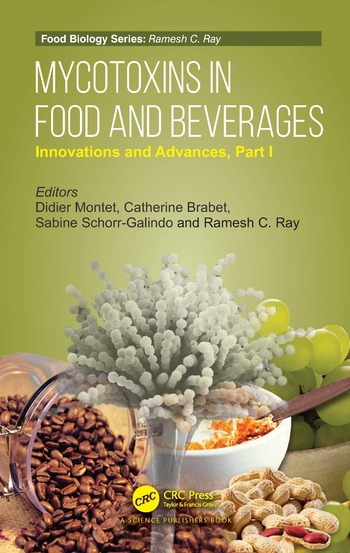Am I a true millennial consumer?

I never considered myself a typical consumer for my age group. While many of my peers are among the first to buy the latest smartphone, I just started texting. Although I use social media, it’s usually on the weekends because, after working on a computer all day, I would much rather be outside enjoying the fresh air.
All these things, I thought, made me abnormal, so I presumed that most of my shopping habits were abnormal, too; however, I recently learned that I’m a much more typical millennial than I thought I was.
In July, Chicago-based SymphonyIRI Group presented a webinar titled “Millennial Shoppers: Tapping into the Next Growth Segment,” where it states that the millennial generation is unique compared with earlier generations and, given its size, will define the future of the consumer packaged goods (CPG) industry. From this insight, it suggests that CPG companies should establish and grow loyalty with millennial shoppers by using value propositions that are based on this consumer group’s rituals, needs and wants through marketing programs and across different platforms.
The millennial generation is working to establish itself despite any economic difficulties it might have encountered, according to SymphonyIRI. The market research firm found that 91 percent of millennial consumers reported “providing for myself and/or my family” as part of its factors for success and happiness, based on data obtained in the SymphonyIRI MarketPulse Survey Q2 2012. Other factors included having close friends and family; reducing debt; enjoying their jobs/careers; and owning their own homes.
Given some of the challenges that millennial consumers might have encountered in establishing themselves, the generation has adopted a conservative approach for its daily living, SymphonyIRI found. Some economy-driven actions include eating out less often, cooking from scratch with limited convenience foods and self-treating when possible to save money on doctor visits, according to the SymphonyIRI MarketPulse Survey.
Another interesting trend the market research firm found was that millennial consumers are deal-seekers who will embrace multiple opportunities to save money on CPG products. In fact, 87 percent of millennial shoppers named item price as one of the factors that drive brand selection. Other factors include previous usage and trust of the brand; coupons from home; shopper loyalty card discounts; and requests from a household member.
And as beverage manufacturers want to consider developing products that appeal to the millennial consumer, they might want to take into account these key categories. Based on dollars per 1,000 households, aseptic juices, energy drinks, single-serve bottled juice, single-serve non-fruit drinks and sports drinks were found to be the key beverage categories for millennial shoppers versus the total panel, according to the SymphonyIRI Consumer Network for the 52 weeks ending May 13 across the Top 20 beverage and liquor department categories based upon all outlet dollar sales.
As millennials gain more earning power, it will be interesting to see how this could affect the CPG market.
Jessica Jacobsen
Editor
Looking for a reprint of this article?
From high-res PDFs to custom plaques, order your copy today!








